In 2020, the events had forced many businesses to take their business online instead of staying in the comfort zone of an offline business only.
Let's start with a little story about Joe.
Joe is a crystals seller that had to close his physical shop due to Covid-19. He opened an online shop to keep his business alive where he sells different kinds of unique crystals.
Unfortunately, Joe finds it very hard to promote and grow his online shop, and he is becoming exhausted from the process.
He is trying to figure out what he can do to grow his business. Joe heard about affiliate marketing as a way of expanding his income streams.
If you are asking yourself the same question: "how can I take my small business online from offline?" you've reached the right place!

1. Build a Roadmap
Building a business roadmap is an inseparable part of building your business plan. A roadmap brings the business plan to life by showing what needs to happen, when and who needs to make it happen, and how.
With the business roadmap, you will visually see the process from the stage you're at to achieving your business goals.
When building your business roadmap, there are a few things to focus on:
What are
you selling?
Products, services, courses, digital products.
Who are
your customers?
Figure out who your customers are. Are they 18-24 years old women? Or maybe bloggers/social media influencers (if you are offering digital services), maybe men over a certain age looking for a new career.
Imagine, what do they look like? What are they passionate about? What are their goals, dreams, and desires?
It is essential to know exactly who your customers are and what they are looking for.
Where
will you find your customers?
So, you know who your potential customers are, but you need to know exactly how to find and reach them and understand where they are. Are your customers on Facebook? Instagram? Pinterest?
You need to figure out how you can find your clients or help them find you.
Ask yourself: where do your client might hang out online? Are they mainly googling? Are they on social media? Any specific forums? Communities? Nich sites?
How can
you stand out?
When you think about it, there are so many businesses and shops out there. There are many similar businesses to your own business, and you need to figure out how to stand out among all the other shops and businesses.
What is your leading edge? What is unique about you and your offering? What kind of content and offer should you use to attract your customers?
And, most importantly, where do you want to take them?
What is
your monetization strategy?
It's one thing to plan how much you want to invest in your online business, but more important is to plan how you plan to make money with your business. After all, this is one reason why we start an online business and a fundamental factor in determining how successful and sustainable it turns out to be.
Your monetization strategy is an essential part of your plan. Basically, it would be best to plan how you want to make money with your business and plan future strategy to expand your income streams and massively grow your business.
For example, you can decide that beyond selling your products or services, you also want to get into affiliate marketing and promote affiliate products on your website as well. Or recommend other affiliate products to your business social media followers.
Just before we get into some actionable steps,If you are new to affiliate marketing, tohelp you along, we have created a free "Affiliate Marketing Strategy Cheat Sheet” according to which you can build your "Affiliate Marketing StrategyMap.”
GRAB OUR FREE AFFILIATE MARKETING STRATEGY CHEAT SHEET AND BUILD YOUR AFFILIATE MARKETING STRATEGY MAP
Or maybe, you want to make money with display ads (which is entirely passive income) and sell ad space on your website.
Check out this post with 8 Easy Ways to Monetize your Business/Blog.
What is
your P&L? What is your pricing model, and how do you control expenses
A P&L (profit and loss statement) is a financial statement that summarizes the revenues, costs, and expenses incurred during a specified period.
This statement provides information about the business's ability or inability to generate profit by increasing revenue, reducing costs, or both.
It is very important to determine a pricing model that is attractive and maximizes your income at the same time. Depending on the product you sell, your pricing will be built up based on your expenses, cost of goods, and other related expenses.
At the end of the day, your primary business goal is to reduce expenses and maximize profit.

2. Learn What Your Options Are for Digital Business Tools
Nowadays, there is a growing variety of digital business tools to run your business online and grow it while also making it more automated.
There are many affordable business tools online that make it easy and affordable for almost everyone to start an online business or bring your offline business to the online world.
As a business owner online, make sure you have a place to send your audience to. This can be your website, a social media profile, an online shop, etc.
The
Straightforward Web Real Estate Options:
- Website builders
- E-commerce platforms for building online stores
- Marketplaces (Etsy, Amazon, eBay, Walmart, Wayfair, etc)
Other types of Destination Sites
If you don't want to build a full website or are currently only selling one product, a website can be unnecessary. In that case, a landing page can be an excellent option for your brand instead.
- Landing page builders
- Broadcasting tools, such as a podcast
- Social media channels (YouTube, Facebook, Instagram, Pinterest, etc.)
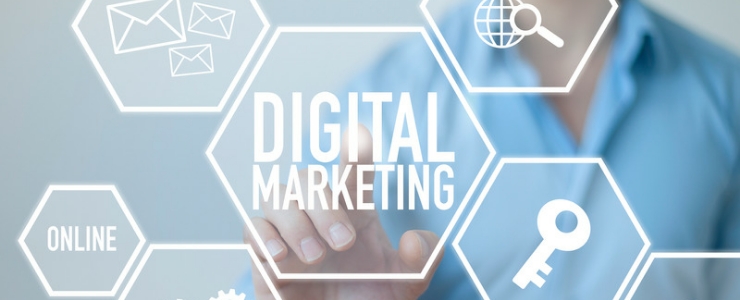
3. Build your Digital Marketing Strategy
As your business reaches the online world, you should build a good digital marketing strategy to grow your business, attract new customers, and increase your sales.
A good marketing strategy plan will help you stand out by being unique and attracting your business's right customers.
A digital marketing strategy should include all of your ways of growing your business and promoting it on the internet.
What is digital marketing?
- Content marketing
- SEO
- Paid ads
- Collaborations through affiliate marketing, influencers marketing, sponsored posts with content creators
What is content marketing, and how to plan it?
Promoting your business and products through content marketing is one of the best ways to reach new customers and increase sales.
Content marketing is a strategic marketing approach of sharing material such as videos, blogs, and social media posts that does not explicitly promote a brand but is intended to stimulate interest in its products or services.
By focusing on creating and distributing valuable, relevant, and consistent content, you can attract a clearly defined audience.
Now that you identified in the first step which your audience is, you'll be able to figure out the best content to create and the best channels to be on.
How to plan a content marketing strategy:
Learn SEO
If you are building a website, a landing page, or doing content marketing, you need to learn everything there is to know about SEO.
SEO means Search Engine Optimization, which means helping your website reach Google's first page and drive massive traffic through Google for your shop/website/blog/etc.
Building
a SEO strategy:
Here are the steps you should take to optimize your content for SEO and drive traffic through Google:
1. Create a list of keywords to use in your content
2. Analyze Google's first page
3. Be unique, be better than your competition
4. Optimize for on-page SEO
5. Optimize for search intent
6. Make sure your content looks great and readable
7. Build links to your page through other websites
Develop
an Email Marketing Plan
Email marketing should be one of the most important and strong marketing strategies in your business. With email marketing, you collect your customers email addresses and build a connection with your followers through weekly/monthly emails you send to your email list.
Email marketing is great for promoting your products or services by email to your customers and eventually increasing sales for new customers and returning customers by encouraging repeat website visits.
With email marketing, you can create targeted and personalized messages that will help you grow a relationship with your customers and eventually increase sales and improve your marketing campaigns' response rates.
With that being said, you need to have the right email marketing strategy to make sure you are making the most out of your email list without being spammy or pushy.
Consider
paid traffic with ads
There is nothing wrong with paying for ads, as long as you know your numbers.
What does this mean? It means that as long as you maintain a positive return on investment (ROI) and make more money than what you spend on ads, this is a method you should consider.
What should your ad plan include?
1. How much money you want to invest in paid ads to increase traffic and sales to your business.
2. Who you are targeting, because you can use different copy to attract different people.
3. Where will you run your ads? Google/Instagram/Facebook/Pinterest?
4. What is the path, or journey, that will lead clients from your ad to purchase?
5. Marketing methods. For example, you can use collaborations with influencers/ bloggers/ Youtubers to promote your brand and expose it to new potential customers.
Develop a
Collaborations Strategy
As a business owner, especially during changing times, it's important to diversify your channels by adding more income streams to your business.
One way to grow your business is by working with others to get more exposure to your content.
Here are a few ideas:
* Feature your content on others’ websites
* Invite others to mention you and link to your content
* Work with influencers (bloggers, Instagrammers, YouTubers, Venners)
In the collab, you can either send them products from your shop for free or offer them a free service in exchange for promotion on their platforms.
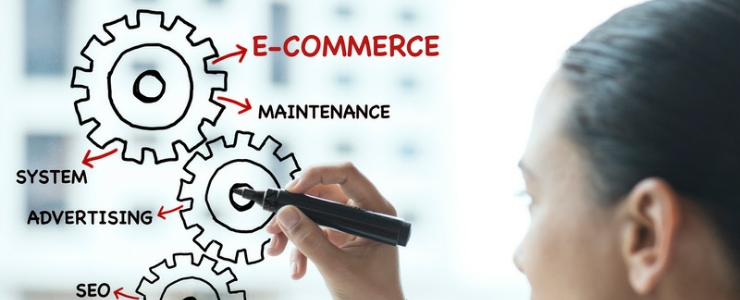
4. Develop an Ecommerce Marketing Plan
No matter what business you're in, e-commerce should be part of your monetization strategy.
The pandemic in 2020 has accelerated e-commerce growth in the US this year, with online sales reaching a level not previously expected until 2022. (eMarketer).
We learned how important it is to have your business online and avoid putting "all your eggs in one basket".
That's why it is important to bring your business into the online world and develop an e-commerce marketing plan.
Why is e-commerce so important?
In response to COVID and the global shelter-in-place orders, e-commerce penetration went from 16% of retail spending in the United States in the first quarter of 2020 to 40% in May 2020.
This means the pandemic induced roughly 3 years of e-commerce penetration in just 3 months.
And, this is not going to stop. E-commerce will continue growing, and therefore, you need to brainstorm ideas, strategies, and best platforms for you to utilize e-commerce into your funnels, offerings, and monetization model.
To help you be prepared, we've put together this blog post with the Must Know E-commerce Statistics for SMBs, Content Creators and Marketers. [coming soon]
That's why we're telling you there has never ever been a better time than today to take your business online!
How to develop an e-commerce marketing plan?
1. Define your goals and objectives
2. Target the right customers
3. Conduct market research to identify your space, competition, and trends
4. Develop a pricing and positioning strategy
5. Create a cross-channel promotion plan
6. Construct a conversion strategy
7. Detail a strategy for increasing orders

5. Manage the Operation: Traffic, Leads, and
Sales!
The operation process is a crucial part in your business.
To build, grow, and sustain your business, you need all three: traffic, leads, and conversions.
Let's define each.
TRAFFIC:
Traffic can come from your website, blog, social media platforms, YouTube channel, podcast, and more. These are all organic sources that take time to build and grow.
It can also come from paid ads and collaborations: email ads, pay-per-click ads (on Google, Facebook, YouTube), Banner ads, Native ads, affiliates, and Joint ventures.
Wherever traffic is coming for, in order to reach your business goal, this traffic should be managed, by sending it to a destination where you can nourish and maintain the connection.
LEADS:
A "lead" is any contact you have with a potential customer, also known as a "prospect."
A lead may become your future client; we gain leads in many ways, like through social media and email subscribers.
CONVERSIONS:
Lastly, conversions are where the money is!
When you make a conversion, you receive payment for a product or service—like an affiliate or referral commission for example, or a product sale.
No matter what products you sell, you must include some offer as part of your content.
And ideally, your offers are not all free!

In this article, we shared some of the basics for taking your business online.
Let's get back to Joe, the guy who sells crystals we talked about at the beginning of the article.
Joe's expenses grew when he started promoting his business with paid ads through social media.
Unfortunately, these ads haven't converted as good as expected.
Joe's friend, Mike, suggested he check out VENNDY.
Joe searched the VENNDY marketplace for influencers and content creators related to his niche, who might be willing to include some of his crystals into their lists, collections, and shop-the-post widgets.
He discovered Christine's and Shirley's content (from our previous post) and added his products to their VENNDY stories. They loved the idea and approved the products he added to their content. To learn more about how items can be added to others' collections, check out this tutorial on Collaborations.
Joe provided them with designated affiliate links (one of the features he found on his Shopify store), and now Christine and Shirley earn a commission from every sale they make for Joe's business.
He pays
only when a final sale is made. Christine and Shirley are incentivized to continue updating and
promoting their collection, as they keep earning commissions whenever someone
buys Joe’s crystals, years down the road.
Joe thought that affiliate marketing programs are only for large businesses but found out that it works well for his small business, as commission payments are made only on actual sales and not upfront.
This way, content creators and experts can offer their community and audience products they love, and sellers can easily find content creators and influencers to promote their products.
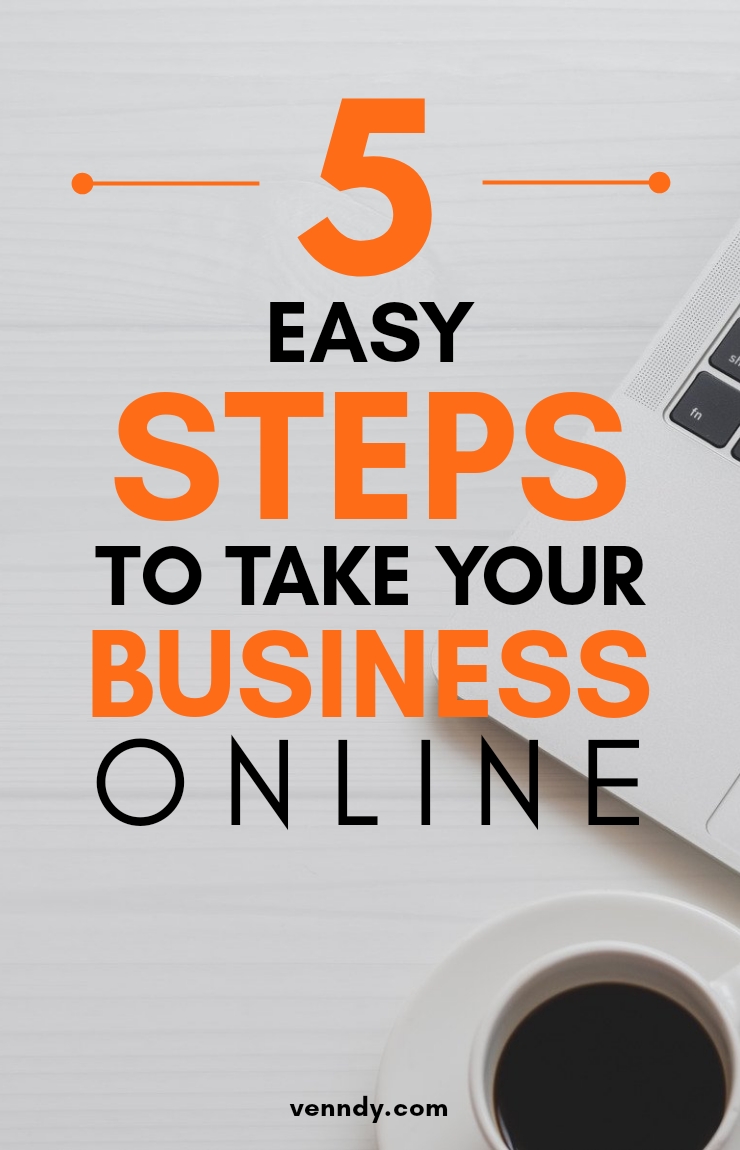
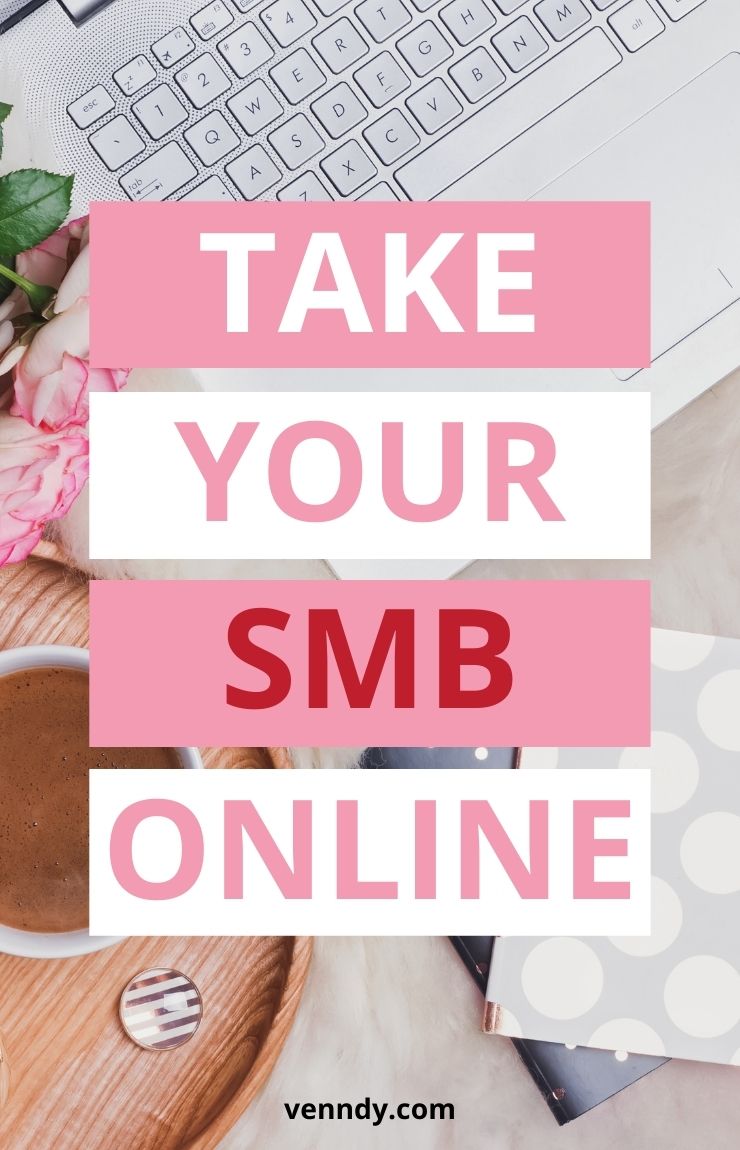
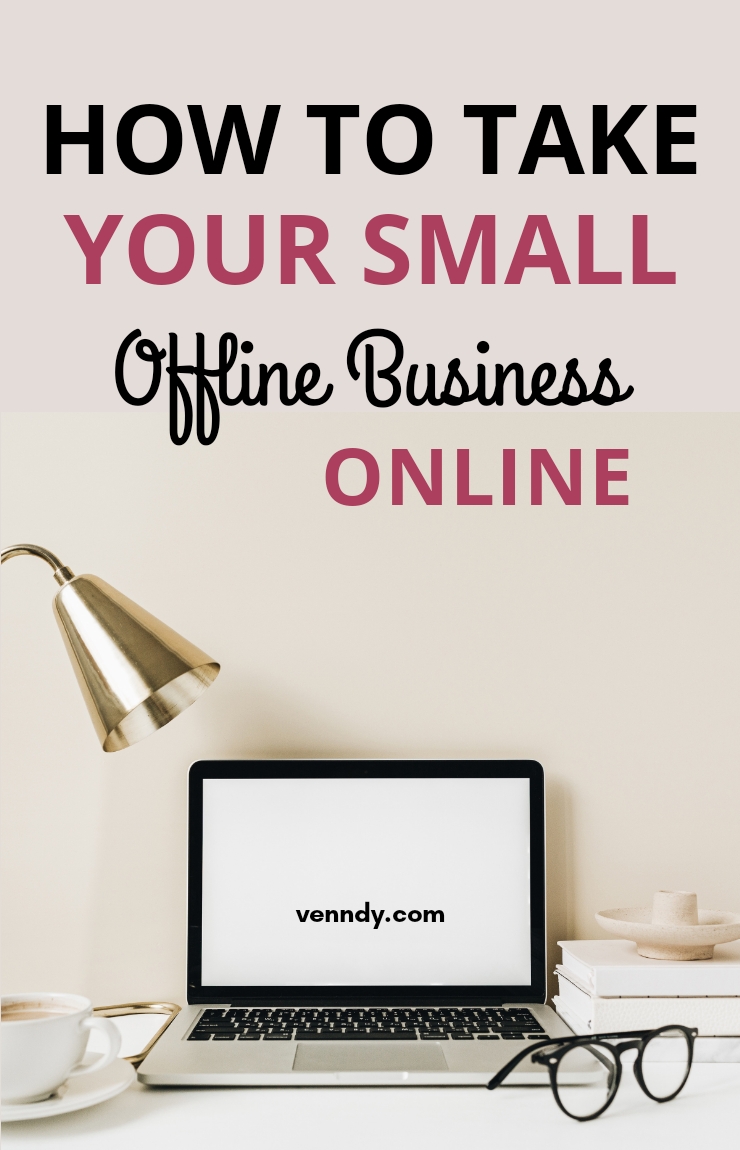



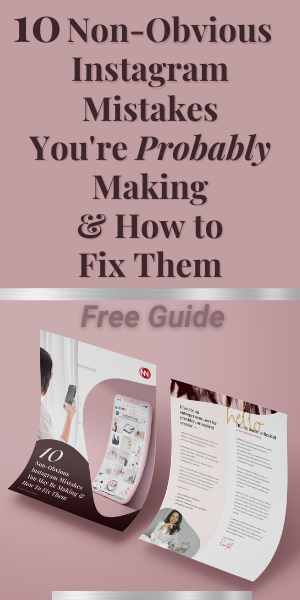
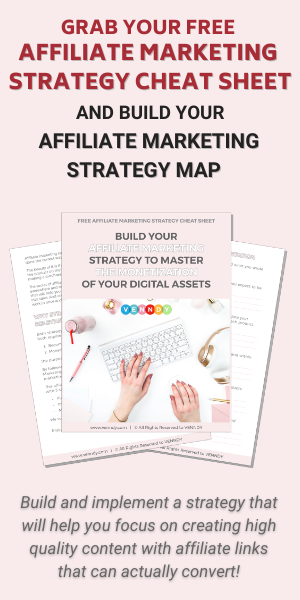
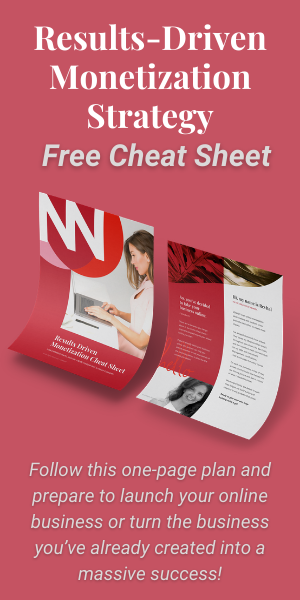
You can choose to comment as a guest.